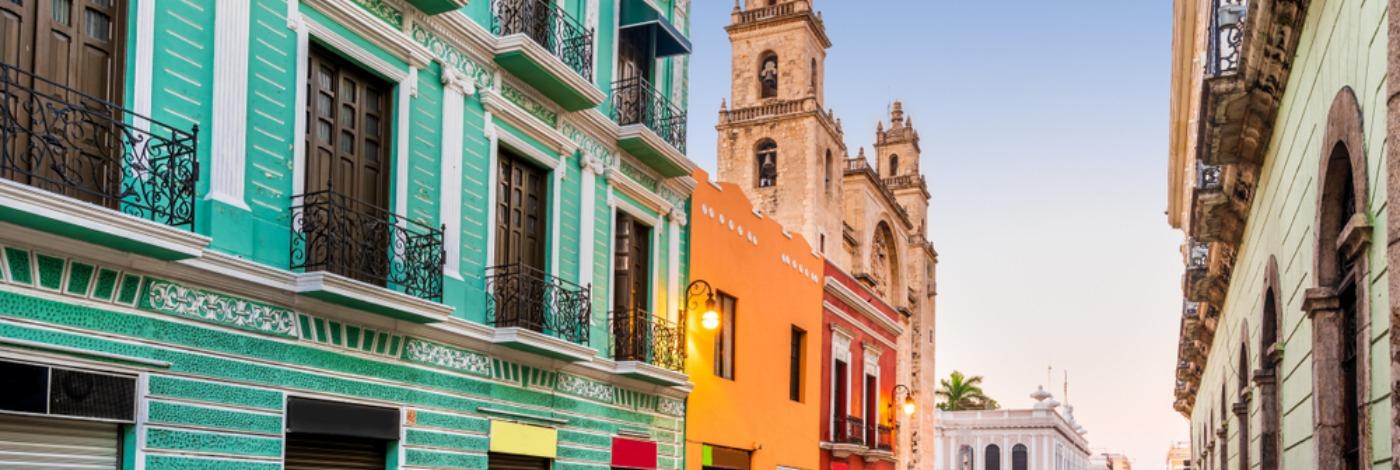
Merida City Attractions
The Yucatán capital's opulent resources were highlighted by the designation of Merida, Mexico, as the second American Capital of Culture for this year. Here are ten reasons to put the "White City" on your bucket list if you're a visitor eager to venture outside of Mexico's world-class beaches this winter.
Merida's culture is a unique fusion of customs brought by Spanish conquistadors, who started invading the region in the 16th century, and traditions passed down from the ancient Maya civilisation, which dates back to 2600 B.C. The Maya city of T'ho served as the foundation for the city of Merida, which was founded by Francisco de Montejo y León in 1542. The Spanish used the Maya city's stonework as a resource to build imposing Catholic churches and colonial mansions. 500 years of coexistence resulted in a blending of traditions and beliefs that shaped a vibrant cultural identity that still influences this thriving metropolis.
Attractions in Merida City
Archaeological Sites
The well-preserved Maya archaeological sites in the Yucatán are visited by tourists from near and far. Chichén Itzá, one of Mexico's most impressive and popular archaeological sites due to its status as a new wonder of the world, is located 75 miles east of Merida city. One of the biggest and most varied pre-Columbian cities, it has a variety of architectural styles. It is also well-known on equinoxes, when the Castillo (castle) temple casts a shadow that resembles a serpent slithering down the steps of the pyramid. An hour and fifteen minutes south of Merida is another UNESCO-listed Maya ruin called Uxmal, which is renowned for its exact construction and elaborate stone carvings.
Markets and Cuisine
The cuisine in Mérida city is one of its main attractions. Mercado Lucas De Galvéz and Mercado Santiago, two thriving local marketplaces, are brimming with exotic fruits and vegetables. Wander the markets on your own or with a guide to sample regional foods such as smoky habanero peppers, chaya, a local green that is similar to spinach, rambutan, a red shell fruit with a sweet white pulp frequently sold as "agua fresca" juice, Seville oranges, a key ingredient in Yucatecan cuisine for their acidity, and huaya, a lime that is unique to the Yucatán region.
A variety of regional chefs offer culinary workshops, or you may visit Nectar, Apoala, or K'u'uk, the city's three fine dining temples, for inventive Mayan-meets-modern cuisine. For a more casual culinary journey, there is also the recently opened Casa Dominga and Mercado 60, a food hall with 18 eateries.
Architecture
Merida city has expansive center plazas and stunning cathedrals, just like the majority of colonial cities. With gorgeous periwinkle, sherbet pink, mint green, and vivid peach facades, narrow lanes are secure and immaculate. The main zócalo is a large square that is surrounded by well-preserved homes from the 16th century that were erected for the family of the city's founder, Francisco de Montejo, as well as San Ildefonso Cathedral, one of the city's oldest churches. The lush Plaza Santa Lucia, a community gathering place where locals congregate to socialize and dance, and Pasejo Montejo, a broad, tree-lined avenue modeled after the Champs-Élysées and filled with opulent Beaux Arts residences, are located further north. Locals enjoy cultural activities, traditional dancing, and tented markets in the municipal plazas on Sundays.
Check out our most popular Mexico packages from here!
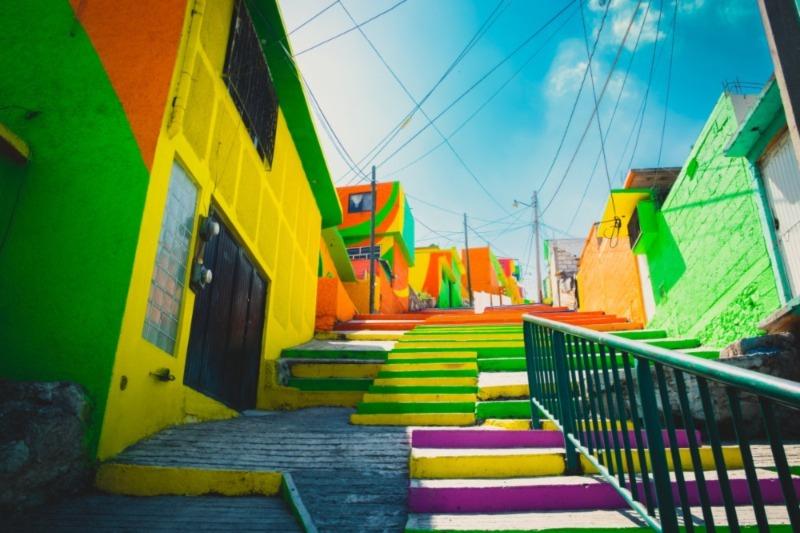
Museums and Art
Numerous museums offer a glimpse into Merida's colorful past and highlight the city's current status as a thriving hub of the arts. A must-see attraction is the Gran Museo del Mundo Maya de Merida. As you explore the area, the museum helps you understand the ancient history of the Yucatán and more modern colonization through its unique items and information. The Popular Art Museum displays items and art from all around Mexico, including conventional costumes and ceramics, while the Museum of Anthropology and History exhibits photos and Maya artifacts in a beautiful palace on Paseo Montejo. Also, visit the nearby gallery of the Coqui Coqui hotel, which features shows by up-and-coming artists, for more contemporary art.
Experience Pok Ta Pok: The Mayan Ball Game
This weekly event that takes place in front of the Cathedral upholds the tradition of this age-old sport. Every Wednesday, live traditional music complements the action as you witness the players engage in combat. The players are really engaged in the game and have a high degree of competitive spirit, despite the fact that it is being played as a recreation for demonstration purposes.
It's a miracle that no player leaves the court covered in blood. This is due to Pok Ta Pok players trying to score by smashing the ball with their hips into the goal post by sliding onto the cobblestones. Actually, scoring is not very common. Doing so is really challenging, especially in this condensed 30-minute edition of the game. Therefore, if someone does succeed in achieving a goal, consider yourself lucky (we haven't seen it), and be sure to applaud vociferously!
The Pok Ta Pok celebration in Merida city, which used to be free, now needs a ticket. The Wednesday timing and the ticket need will change in 2022. (Merida's Pok Ta Pok festival used to take place on Saturdays; admission was free.) It is strongly encouraged to arrive at least 15-20 minutes early, even if you have a ticket, to secure a decent location in the bleachers set up for this event. As a result, seats may not be available for those who arrive late.
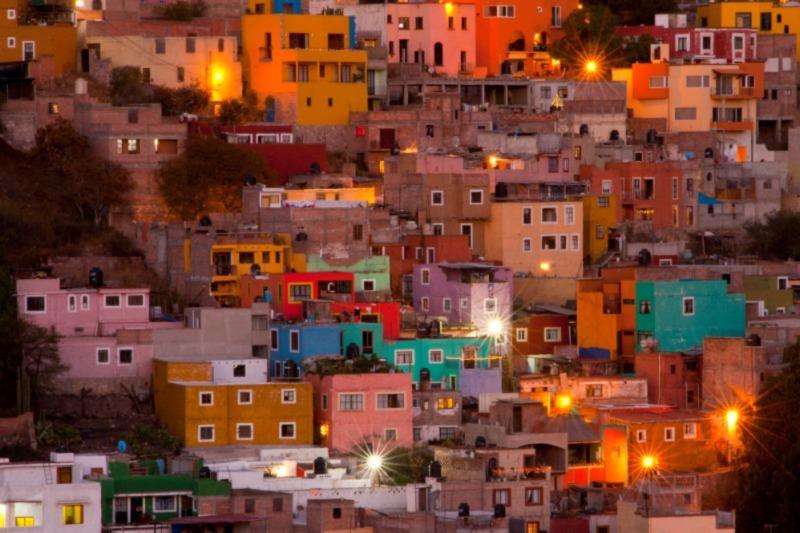
Discover the best Mexico Packages from here!
The Haciendas
Spanish conquerors received estancias to raise livestock and in-demand goods like tobacco, sugar, and cotton as payment for their services during the conquest. As the largest producer of henequén (sisal), a material used to make ropes, the Yucatán experienced a boom in prosperity from the late 1800s to the 1920s. As a result of this wealth accumulation, simple manors were transformed into lavish haciendas fitted out with industrial machinery. The Luxury Collection manages five meticulously restored original haciendas around the Yucatán, including Hacienda Temozon, which was formerly the main sisal producer in the peninsula and is located 45 minutes outside of Merida. The grand dame from the seventeenth century now has over 90 acres of beautiful gardens, plantation-style guest rooms with high ceilings, a picture-perfect pool, and a small spa.
Take a Sunday Morning Bike Ride: Bici-Ruta Merida
We adore a city that is welcoming to cyclists. Sadly, Mérida is not one of them. Both bike lanes and walkways are absent from Merida centre. Instead, you'll discover congested, small streets and even narrower, pedestrian-only sidewalks.
Some of Merida's most stunning and well-traveled avenues are closed every Sunday for La Biciruta (Bike Route). This gives bikers the opportunity to ride through the town. On Sunday morning, a sizable portion of the city turns out to participate in this weekly Sunday cycling ritual.
On Sunday mornings, there is absolutely no need to be concerned about traffic or vehicles. Only then are cars and other vehicles prohibited from using the Bici-ruta route, which passes directly through Merida.
Ideal Season to Visit Merida
Merida experiences distinct wet and dry seasons due to its tropical environment. Although it's hot all year round, the summer, which is also the wettest time of year, is especially hot and humid. Merida is best visited between November and May, during the dry season. During the dry season, the temperature is a little colder and the humidity is low. Peak season is from December to March, yet even at this time, Merida only attracts a small portion of the tourists that Cancun does. A visit to Merida during the wet season is not advised if you are not accustomed to the intense, muggy heat. Temperatures regularly exceed 40 degrees celsius during this time. While storms do occur in the Yucatan, Merida is rarely directly affected.
Given how culturally rich Merida is, you might wish to plan your trip there to coincide with one of the many events or festivals that take place there every year. Numerous events are held during Merida Fest in January to honor the city's culture and history. Easter is celebrated during Semana Santa, the holiest week of the year. The Day of the Dead celebrations at the end of October are among the most distinctive and vibrant.
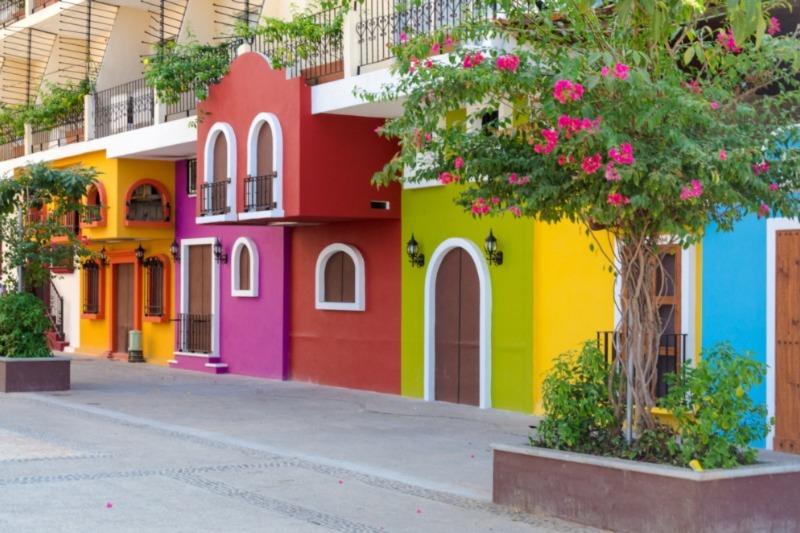
related tours
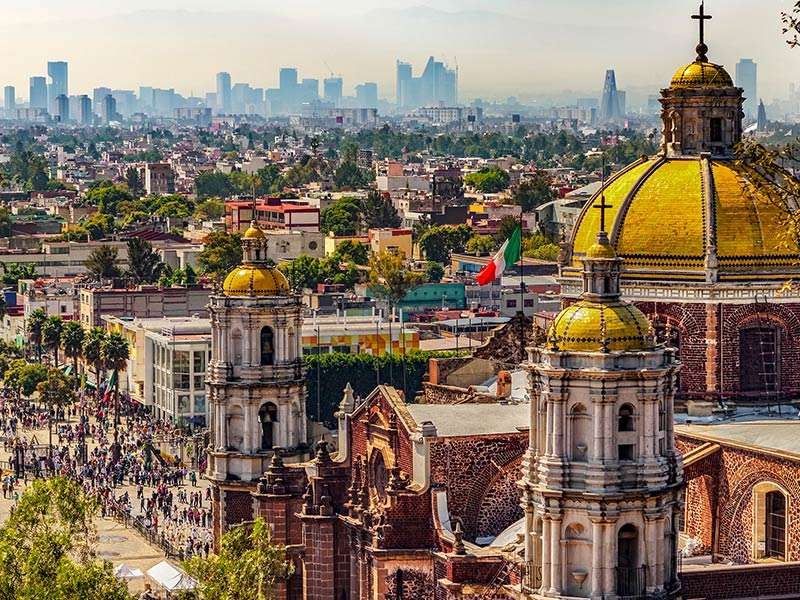
Amazing Tour of Mexico
19 Days/ 18 Nights
From
$ 2689

Mexico Wonders
8 Days / 7 Nights
From
$ 1320
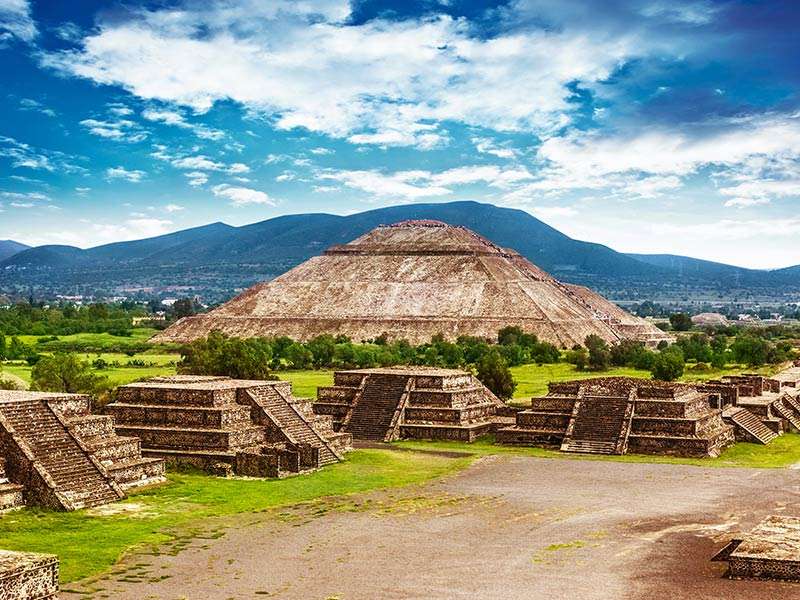
The Magic of Mexico
11 Days / 10 Nights
From
$ 1945
